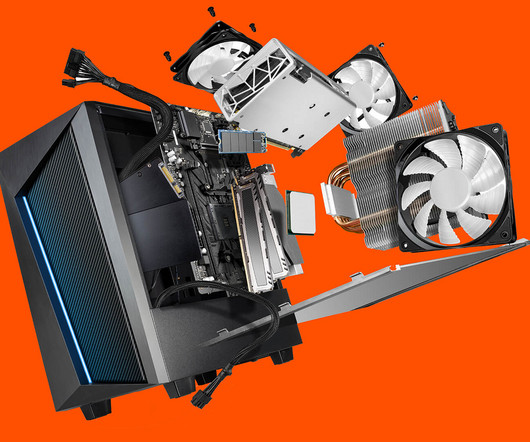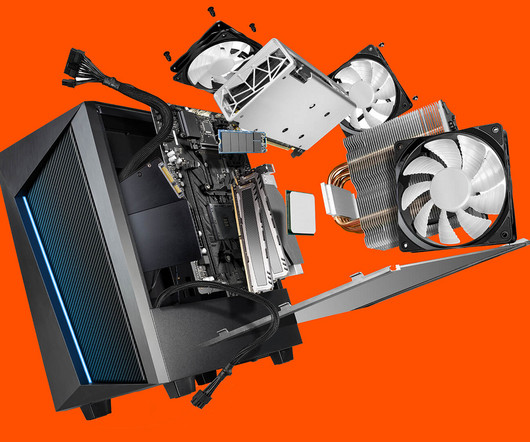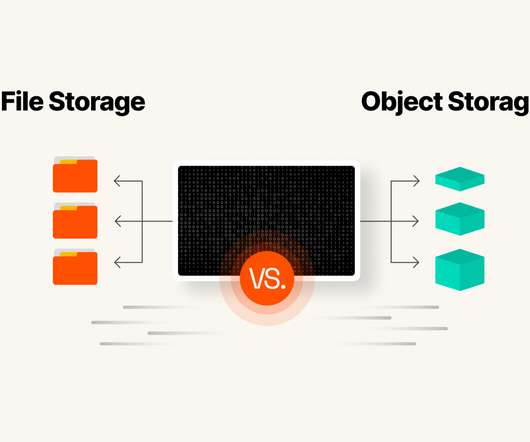Business Continuity vs. Disaster Recovery: What’s the Difference?
Pure Storage
MAY 7, 2024
When a hurricane leads to widespread power outages, flooding, and workforce disruption, for example, an effective disaster recovery plan ensures that IT systems remain up and running and that operations can come back online as soon as possible. Consider investing in technology solutions that are designed with resiliency in mind.












Let's personalize your content